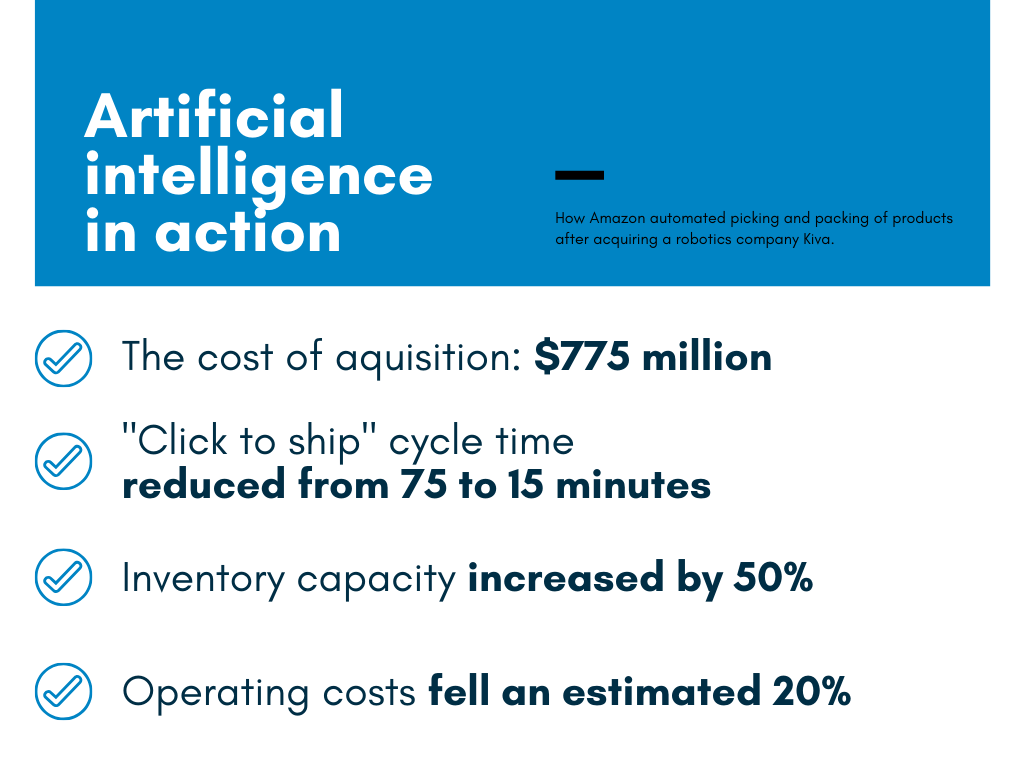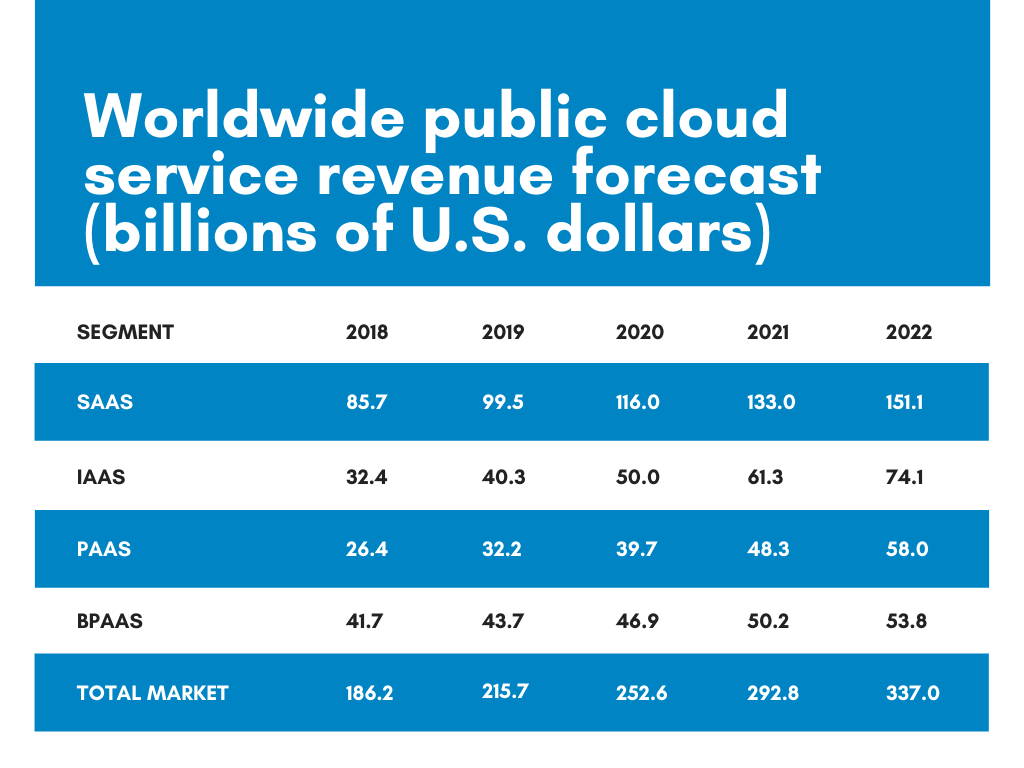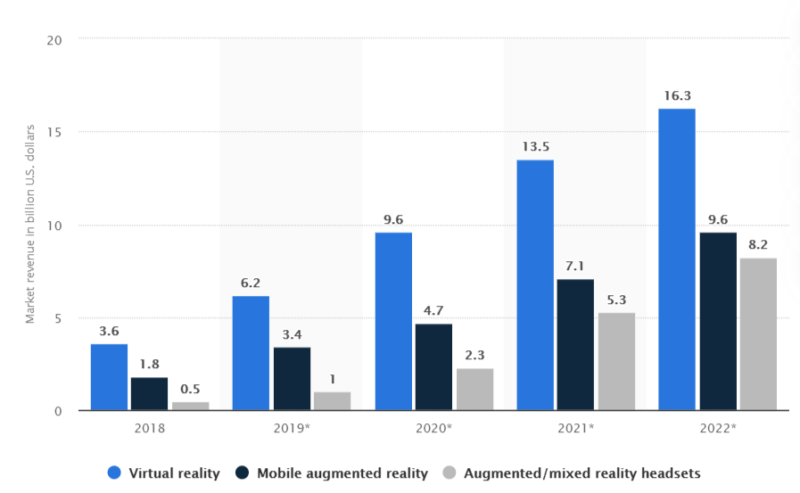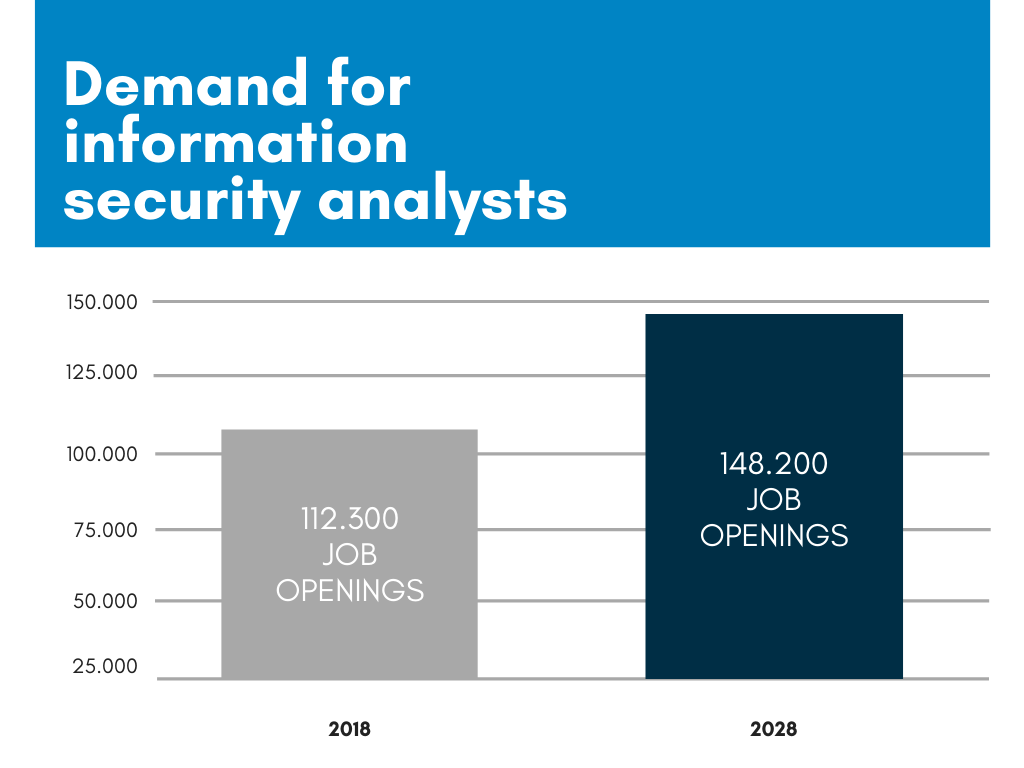
In the era of accelerated technological progress, you can’t allow yourself to miss any important change if you want to stay competitive. Though it may feel like chasing something elusive, the results of such a pursuit can be quite tangible for you. Think of the most obvious ones: innovative products, optimized processes and budget, reduced time to market, and, as a result, customers’ love. To help you keep up with the ever-changing tech environment, we’ve compiled a list of software development trends you should pay special attention to in 2020.
Trend #1: Al starts and wins
We’re sure it’s no surprise to you. Each year takes artificial intelligence higher to the top, making it one of the hottest software trends and it’s definitely isn’t going to lose ground. Some call it the next digital frontier, the others state it will become a job-killer. Whatever position you take in this argument, let’s see what AI can bring us this year.
Fast AI adopters can notice a significant boost in financial performance
One of the greatest examples is Amazon, which has automated picking and packing of products after acquiring a robotics company Kiva. Here are some numbers that speak for themselves:

Source: “Artificial Intelligence: The next digital frontier?” by McKinsey Global Institute
Another bright example of AI adoption is Netflix, which uses artificial intelligence to improve and personalize recommendations for their subscribers. The company says that customers tend to give up if they don’t find a relevant TV show or movie in 90 seconds. Thanks to AI-based search results, Netflix manages to avoid canceled subscriptions which can cost them around $1 billion per year.
AI will eliminate lower-skilled roles by 2030
The forecasts state artificial intelligence will impact mostly manufacturing, retail, and production jobs. Yet, bookkeepers, clerks, secretaries, and other positions that can be automated via new software technology, are also at risk of annihilation. The projected amount of professions, eliminated by 2030, equals 20 million, or 73% of the roles that presuppose manual, repetitive work.
Despite these terrifying numbers, one shouldn’t treat artificial intelligence as a monster. Removing something for the sake of creating something brand-new is a normal process, which helps anyone move forward. While eliminating cubicle workers, AI will generate more opportunities in the software development industry for engineers, data scientists, analysts, and many other professions.
Trend #2: Cloud computing
This trend may sound weird, as cloud computing is so trivial that is considered rather a must than something breakthrough. Indeed, it is one of the most popular technologies at the moment and it’s predicted to strengthen its positions over time. According to the recent Gartner study, the demand for cloud services is going to grow by 17% in 2020.
SaaS and IaaS (software as a service and infrastructure as a service, correspondingly) will remain two leading market segments, while PaaS (platform as a service) and BPaaS (business process as a service) will be also on the rise.
Have a look at how revenue is expected to distribute among these public cloud services segments:

Source: “Forecast: Public Cloud Services, Worldwide” by Gartner
Trend #3: Immersive technology
This software trend is better known as mixed reality, which combines augmented and virtual realities (AR and VR). It’s also called “immersive” because it reproduces the physical environment and engages VR/AR users into it. Starting as gaming apps, mixed reality gradually spread over other industries and spheres as well:
- Retail
- Military/defense
- Events/conferences
- Marketing and advertising
- Healthcare and medicine
- Education
- Automotive
- Real estate
- Movies and many others
As VR, AR, and their combination opens nearly unlimited opportunities for each of the spheres, no wonder these technologies become such a popular software industry trend. By 2022, the market of immersive technology is expected to reach $16.3 billion for VR, $9.6 for AR, and $8.2 for mixed reality.

Source: “Immersive technology consumer market revenue worldwide from 2018 to 2022, by segment
(in billion U.S. dollars)” by Statista
Trend #4: Internet of things
What is the internet of things (IoT)?
To put it simply, these are devices that can gather data and share it via the internet. Among the ones you may have used on your own, are smartwatches, smart speakers, fitness trackers, laptops, smartphones, and others. The list can be expanded to home appliances (like smart kettles and even light bulbs—anything that can be controlled remotely), diverse sensors, and any other devices with chips that are connected to the network and can collect and transmit data.
Why is it becoming one of the latest software development trends?
According to IoT Analytics, there were over 4.7 billion connected devices in 2016, and they were going to reach 11.6 billion by 2021. The reason behind a 3x rise over 5 years can be explained by the growing need for data capturing and processing across industries:
- 64% of senior decision-makers from all over the world are convinced that big data can push back the boundaries and allows expanding to the new markets seamlessly.
- 27% of respondents said they already noticed pressure from the competitors that managed to embrace data properly.
- 53% of executives believe that data-enabled start-ups can outperform their companies.
- 65% agree that if they don’t handle and process big data, they will lose the competition.
- 47% of top-managers confirm that their IT systems are imperfect and prevent them from getting valuable insights from the data they have.
- 37% of respondents mention the shortage of skilled specialists, like Chief Data Officers.
- 30% complain about the high costs of data analysis, while 33% state that usually it takes too much time to analyze their data.
As you can see, business owners and top managers strive for people and tools that will help them make data-driven decisions cost-effectively. This is right the point where software companies can offer sophisticated solutions that empower big data capturing, processing, and analysis.
Where can be IoT applied?
Just like with VR and AR, IoT allows transforming nearly any sphere or industry:
- Healthcare and medicine: wearables can boost preventive medicine and help doctors diagnose their patients faster and more precisely. They can also turn surgery upside down.
- Retail: companies can optimize their supply chain efficiency, create new services, and improve customer experience, using connected devices and analyzing data from them.
- Petroleum industry: combined with VR/AR, IoT devices can help scientists find better locations for drilling sites and oil wells.
- Automotive: thanks to Elon Musk, we’ve already experienced self-driving cars that don’t need a human to lead it. Sensors are one of the most crucial parts of autonomous vehicles.
- Meteorology: IoT allows meteorologists to make more accurate weather forecasts and even can help prevent natural disasters.
All the above-mentioned factors combined let us assume that IoT can become the future of software development and finally make the world a better place, as they like to say at Silicon Valley.
Trend #5: Cybersecurity
It’s hard to call it a trend, as it’s already a must, especially after all data leakage scandals. Yet, companies that are lucky to not have experienced any hacker attacks should also be more cautious—similar to viruses and bacteria, different new threats are evolving. This is why cybersecurity is so important among current trends in software development and will never stop emerging.
Another proof of cybersecurity popularity is the number of job openings available. According to the U.S Bureau of Labor Statistics, there were 112,300 vacancies for information security analysts in 2018. It’s estimated that by 2028, the demand will grow by 32%, which means more than 148,200 specialists will be needed. To compare, the average growth rate for all occupations doesn’t exceed 5%.

Source: the U.S. Bureau of Labor Statistics
Miscellaneous: it’s not only about trends
In addition to stellar trends we’ve covered above, there exist the smaller ones. Let’s touch upon some of them and explain why we’ve chosen them among others.
Legacy code
Any developer from a company that exists for more than 10 years will tell you he or she faced this problem. Among the main reasons why it is a stumbling block, there are a few most crucial ones:
- It uses outdated language
- As a result, it’s nearly impossible to support the existing software/website/etc.
- What is even worse, it blocks fast implementation of the new features
The way out of going round in circles is refactoring, likewise technical and code reviews. This will not only help to make your code clean but also will optimize and speed up new software development.
Low-code development
It means creating websites or any software using ready-made components, like building a house from blocks. Mostly, such components are wrapped up in a user-friendly interface that doesn’t require technical expertise. Thus, your clients can support their projects on their own and update or amend them without any professional assistance.
The low-code development approach is also becoming a trend because it allows to create and launch software much faster. Still, it’ll never fit a complex or custom project, like a taxi app, CRM system, etc.
Microservices
Another popular trend in development is microservices. Shortly, this is a kind of architecture when different services in one application are loosely coupled. Each of them can be created, deployed, and supported separately, though they have lightweight connections with other services and can easily communicate with them.
Microservices can be good for you if you want to embrace continuous delivery, as distributed services allow you to introduce changes only to a small part of the application. This approach also helps to reduce the release cycle and enables app scalability.
To sum it up
Catching up with all of those trends is a challenging task. Not to go mad, we recommend you to analyze and consider each of them and then choose 1 or 3 that are the most applicable to your company or processes. This will help you to stay focused and fully take advantage of those cutting-edge technologies and approaches.
